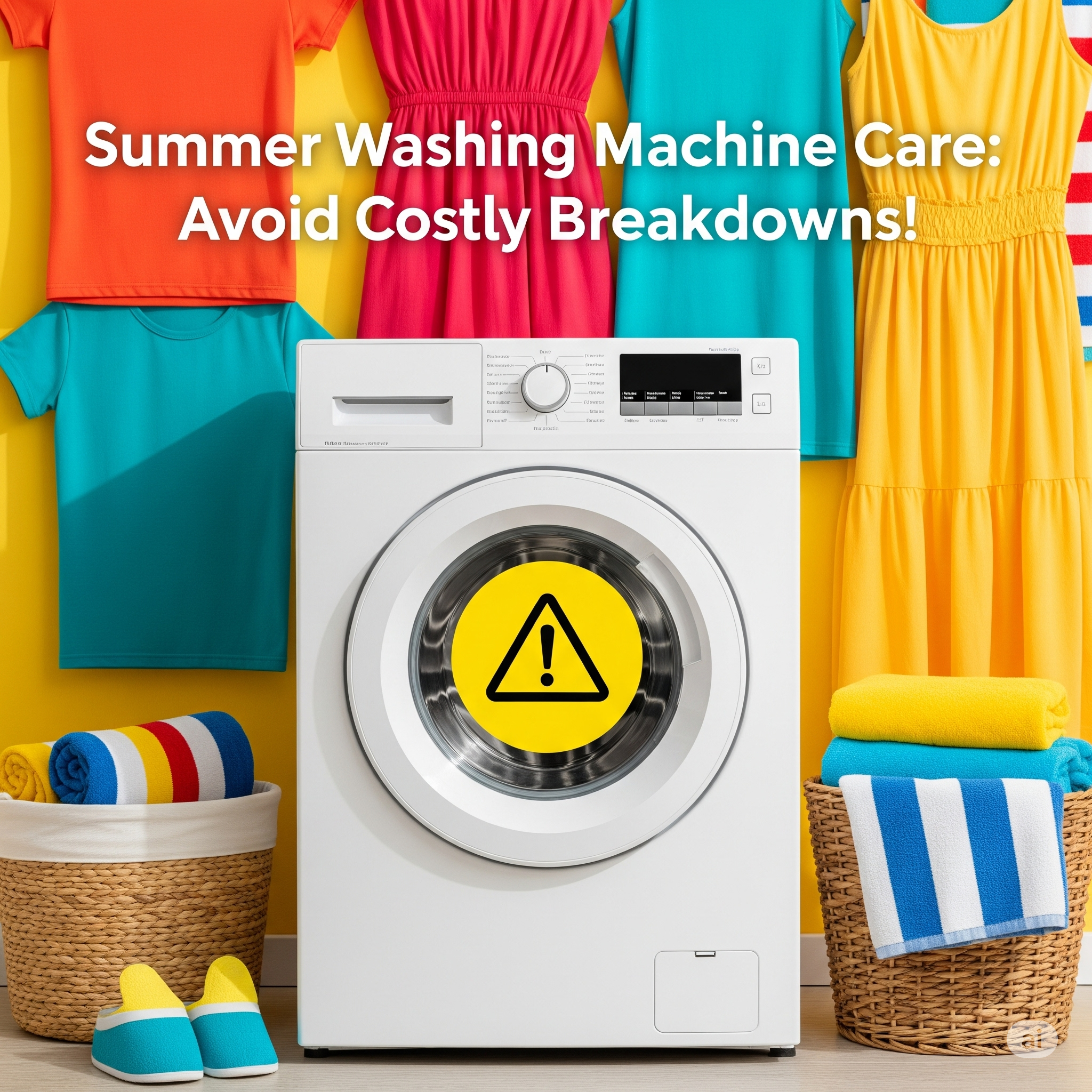Carbon monoxide, a colorless, odorless gas, is a silent killer that can pose a serious threat to your health and safety. During the winter months, when heating systems are in use, the risk of carbon monoxide poisoning increases. By understanding the dangers of this insidious gas and taking proactive measures, you can protect yourself and your family from this deadly threat.
The Dangers of Carbon Monoxide Poisoning
Carbon monoxide is produced when fuels such as natural gas, propane, oil, wood, and charcoal are burned incompletely. When inhaled, it can interfere with your body's ability to absorb oxygen, leading to symptoms like headaches, dizziness, nausea, and in severe cases, death.
Preventing Carbon Monoxide Poisoning
- Regular Furnace Maintenance:
- Schedule annual furnace inspections and tune-ups to ensure it's operating efficiently and safely. A professional technician can identify and repair any issues that could lead to carbon monoxide production.
- Carbon Monoxide Detectors:
- Install battery-powered carbon monoxide detectors on every floor of your home, including the basement.
- Test the detectors regularly to ensure they are functioning properly.
- Replace the batteries as recommended by the manufacturer.
- Proper Ventilation:
- Ensure that your home has adequate ventilation, especially when using gas-powered appliances.
- Open windows or use ventilation fans to allow fresh air to circulate.
- Chimney Inspection:
- If you have a fireplace or wood-burning stove, schedule a chimney inspection and cleaning to prevent carbon monoxide buildup.
- A clean chimney ensures efficient combustion and reduces the risk of carbon monoxide poisoning.
- Avoid Using Gas Appliances for Heating:
- Never use gas stoves, ovens, or dryers to heat your home. These appliances are not designed for heating and can produce dangerous levels of carbon monoxide.
- Generator Safety:
- If you use a generator, operate it outdoors and away from windows and doors.
- Never use a generator indoors, as it can release carbon monoxide into your home.
Recognizing Symptoms of Carbon Monoxide Poisoning:
- Headache
- Dizziness
- Nausea
- Vomiting
- Shortness of breath
- Confusion
- Loss of consciousness
If you suspect carbon monoxide poisoning, immediately move to fresh air and call emergency services.
These preventive measures are so important for your safety as well as contacting can HVAC service to do better checkup, you can significantly reduce the risk of carbon monoxide poisoning and ensure the safety of your family. Remember, it's crucial to prioritize regular maintenance, proper ventilation, and the installation of carbon monoxide detectors.



